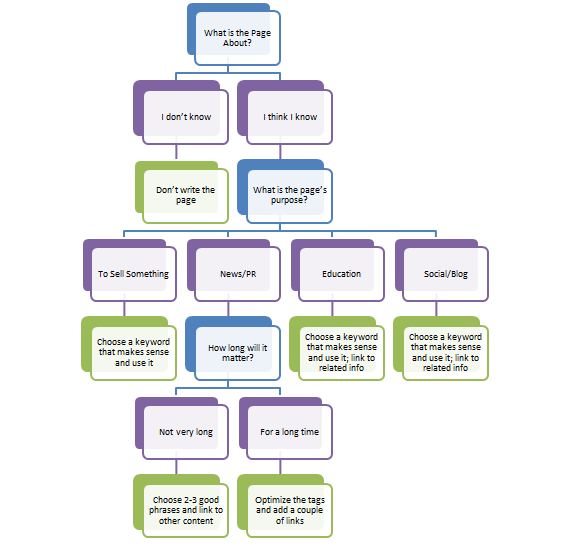Most corporate social media accounts are ignored or unknown. It is possible their audience isn’t engaged, or maybe just not sharing their posts. Either way, they struggle and rarely improve their status.
This is because most sites offer the same tips for getting out there, but they don’t address the real issues hiding behind the scenes that are really keeping you back. This is why we are addressing three less-known reasons your company’s social media pages aren’t getting any traction.
1) Your Material Isn’t Sharable – Very few people will share commercial messages or content. Social media are phobic of direct sales pitches, but the whole point of making corporate social media pages is to eventually sell with it. So what do you do?
You need to make sharable content that promotes your brand, rather than pitching the sale then and there. You want to use social media content to “bait-the-hook”, and once the public is on board, you can try the sale.
There are a few ways you can make sharable content. You can aim to market your product as being extraordinarily useful, but if it doesn’t provide incredible benefits immediately, most people will still view this as a sales pitch.
A better tip is to go for timeless content. The public is usually aware when a company is simply chasing the latest trend, and while it may earn the company some good short term PR, that attention will fade as quickly as it came. Most of all, just make sure your content is simple to spread. You don’t want to dumb it down, but you want your content to be streamlined so that it is easy to grasp.
Most importantly, don’t try to aggressively sell to your customers on this platform. Promote the lifestyle they want to have, and make it clear your brand will help them get there. The rest will almost do itself.
2) Lacking Core Benefit – Incentives are a great way to get others to participate and share your content. It is very easy, you offer them a reward for taking action, and they will be likely to participate in the future. However, this strategy doesn’t always work long term. Instead, try to focus on your audience’s pain points, and position your brand or content as the solution.
You should always be able to answer this question: why should someone interact with me in the first place? You can try to keep your page humorous, but that can take some extra skill and often the legal departments hold you back quite a bit. But, providing relief for problems and pains in your customers’ lives always benefits the audience and gives them reason to engage.
3) You Lack Positioning or Value Proposition – Another question you should always be able to answer, is what makes you unique or interesting? Claiming to be “low-cost” is transparent, and every brand in the market will claim they have the lowest cost value. Even claiming to be “better” than your competition or the “best” in the field read as empty boasts to many consumers.
Instead, your social media pages should stand for some set of values or ideas, even if it means making some enemies.
Brad Smith at Social Media Today shares the strategy of Stone Brewery, the largest brewery in Southern California, who announced last year that that they plan a massive expansion so they can brew the best organic ingredients, and accommodate their constant stream of visitors.
You see, Stone Brewery has taken a strong and vocal stance in their way of doing business, openly disparaging light “tasteless” lagers and their consumers. They even take this stance on their bottle labels, and they include this stance in their social media presence.
Being bold and original will gain you customers that are truly engaged in your brand, and find consumers that share the same opinions you do.
If you can address these three issues, you will be much more likely to get your commercial social media pages off the ground, and strengthen your brand. All it takes is being a little fearless and some originality.
 New research from Compete.com is suggesting being the first result on a SERP can make a huge difference from being second.
New research from Compete.com is suggesting being the first result on a SERP can make a huge difference from being second.




